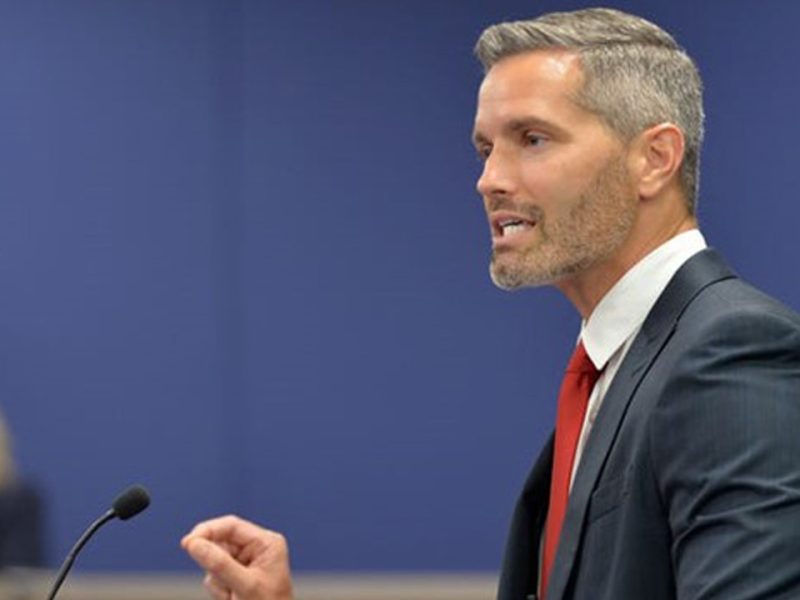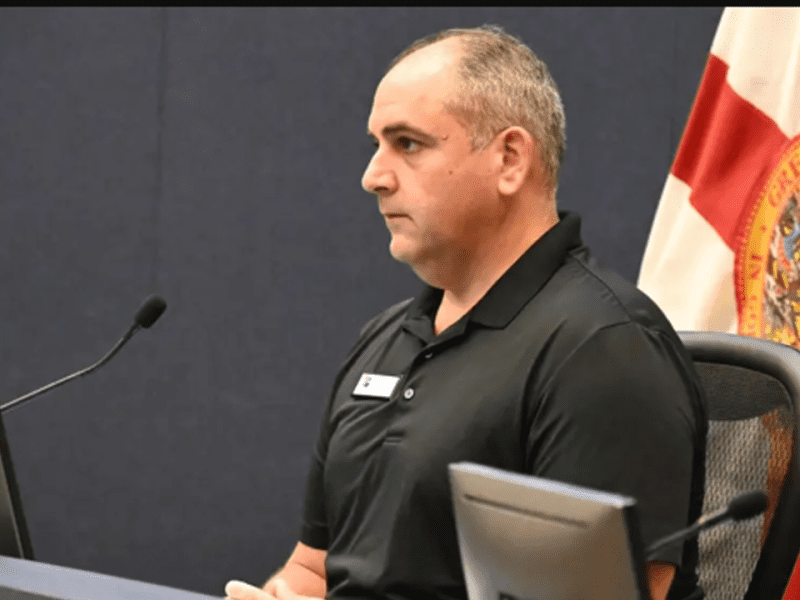Schools Are Not Identifying All Their Homeless Students. Why That Is Hurting the Kids
EducationWeek | By Lauraine Langreo | November 29, 2022
Thousands of school districts are likely undercounting the number of homeless students enrolled in their schools, according to a Center for Public Integrity analysis.
About 2,400 districts didn’t record a single homeless student in recent school years, even though those numbers are inconsistent with the poverty levels in those communities, according to the analysis of federal and local homeless enrollment records from more than 10,000 local education agencies in the 2018-19 and 2019-20 school years.
And more than 8,000 districts a year identified fewer homeless students than predicted, assuming that at least one of every 20 students eligible for free- or reduced-price lunches experiences homelessness, a common benchmark used by education researchers and public officials, according to the analysis.
The findings suggest that hundreds of thousands of homeless students are not receiving the educational rights guaranteed to them under federal law.
The McKinney-Vento Homeless Assistance Act, signed into law in 1987, requires school districts to report information about homeless students to better coordinate services for those children. The law’s definition of homelessness is when a student lacks “a fixed, regular, and adequate nighttime residence.”
Even before the pandemic, student homelessness was on the rise. It hit an all-time high of 1.5 million students during the 2017-18 school year, according to a federal estimate. But identifying these students has been challenging, because it’s such a hidden issue, according to experts.
“The biggest issue is that homelessness among children doesn’t look like what people think of when they hear the word homeless,” said Barbara Duffield, the executive director of the homeless research group SchoolHouse Connection. When people hear the word homeless, they most likely picture people on the streets or in shelters, but more often than not, “these are families and youth who are moving from place to place often staying with other people temporarily or staying in motels.”
“School leaders, like many members of the public, may not think that they have child and youth homelessness in their communities because they don’t see it. It may not appear to be an issue because it doesn’t fit the stereotype,” she added.
For school leaders, it takes a lot of effort to identify these students. They have to train staff to look out for signs that someone’s housing status has changed, they have to reach out and forge partnerships with community organizations, and they have to approach the topic sensitively because of the stigma that comes with homelessness.
The good news, Duffield said, is that right now there’s federal funding to find and serve these students. In 2021, Congress dedicated $800 million in one-time pandemic relief money for homeless students, and districts have until January 2025 to spend the money.
“With these funds, many more districts are able to do things they’ve never been able to do before, like hire outreach workers who speak multiple languages and develop relationships with housing and other agencies, so they have a stronger community partnership,” Duffield said.
Other states and school districts have used their federal funding to address the problem by bolstering family engagement, providing training and professional development to educators, hiring more staff, and providing better transportation services, according to a SchoolHouse Connection report.
Here are other best practices from SchoolHouse Connection that schools can use to identify and support students experiencing homelessness:
- Reach out to students identified during the previous school year to see if there have been changes to their living situation, and remind them of their rights under McKinney-Vento.
- Embed questions and information about homelessness in all school enrollment documents and all school and district outreach efforts.
- Partner with culturally-specific organizations to ensure underserved populations are identified.
- Engage all your community partners to meet additional student and family needs.
“Sometimes when you see reports like [the one from the Center for Public Integrity] come out, it seems like it’s unsolvable. There’s not enough funding. There’s not enough staff. There’s all these challenges,” Duffield said. “But I want to emphasize that it really is an issue that can be tackled. We’ve seen school districts go from identifying one or two students to identifying 100 students the next year. So it’s a solvable issue.”
“And the whole point of identifying students is to make sure that they get the support. It’s not just about a count or a number. It’s about what actually happens as a result of being identified,” she added.






